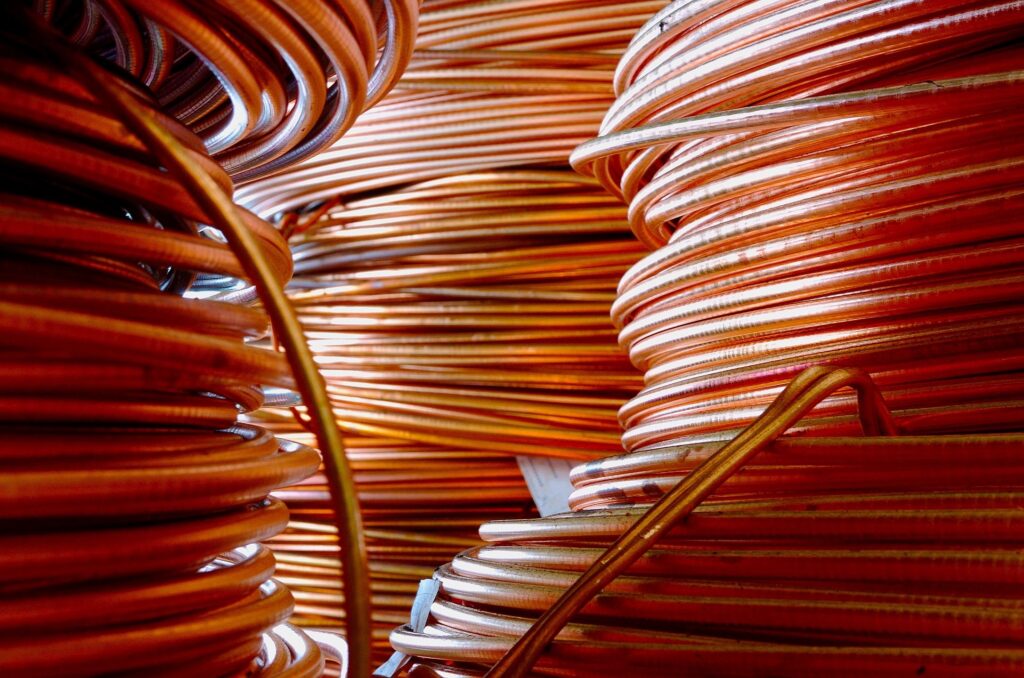Five Differences Between a Wire Harness and a Cable Assembly
The terms wire harness and cable assembly are often used interchangeably, but they are not the same. Instead, they have definite differences. In this article, I will discuss five main differences between a wire harness and a cable assembly.
Before starting with those differences, I want to define a wire and a cable. A wire is a single strand of an electrical conductor, typically copper, aluminum, or sometimes steel. A cable is a bundle of wires with two or more insulated wires wrapped in one jacket. Most cables contain a positive wire, a neutral wire, and a grounding wire.
Five key differences between a wire harness and a cable assembly:
- Environments – Each is utilized in various environments. Wire harnesses provide minimal protection for wires. Their purpose is to organize wires and cables efficiently. They typically cannot be shielded from extreme temperatures or friction between one another. They are fundamentally for indoor use.
Cable assemblies guard all the products safe in the most extreme conditions and are ideal for outdoor use. They have high-level resistance to outside variables such as heat, dust, and moisture. They also protects the wire and cables from friction and corrosion.
- Cost – Wire harnesses are a low-cost electrical solution that best keep electric cables and wires organized. By bundling these wires and cables together, engineers can keep their wiring systems organized and identifiable. They doesn’t concentrate on giving added protection to the individual wires and cables and usually require less material and effort. Thus, they costs less compared to a cable assembly. Although cost-friendly, they still rely on the type, number, and quality of cables, wires, or connectors used in the production.
However, the cost of the cable assembly is satisfactory because of the added protection it provides. Cable assemblies offer more vigorous protection by keeping components snug within a rugged outer sheath. In addition, cable assemblies are intended to be utilized in demanding environments where things like heat, friction, or moisture could untimely wear out a cable or wire.
- Physical Attributes – The essential difference between a wire harness and a cable assembly is their physical attributes and function. A wire harness offers a cover that encases single cables, usually from the same material utilized in a cable assembly. One can see and remove an individual cable from a wire harness. In comparison, a cable assembly has multiple wires but is bundled together by a single external sleeve. It comes as a only one thick wire.
- Products – Many of our everyday household products and tools use wire harnesses. These products are computers, televisions, monitors, microwaves, and refrigerators. These products use wire harnesses rather than of cable assemblies because these products come with a protective shell, which removes the requirement for added protection. Wire harnesses are also present in most automobiles and airplanes.
Cable assemblies are used for severe environmental conditions or extreme temperature changes. In addition, many heavy industries such as medical, military, aerospace, and construction generally use cable assemblies in their manufacturing processes. They need the cable assembly to protect things like electrical flow in the individual wires or cables. They are perfect for high-speed data transfers.
- Purposes – Wire harnesses serve two primary purposes:
- To protect outside factors from harm caused by the flow of electricity.
- To ensure wiring systems are organized and straightforward for technicians to understand.
Cable assemblies serve three primary purposes:
- To protect outside factors from harm caused by the flow of electricity.
- To ensure wiring systems are organized and straightforward for technicians to understand.
- To protect the wiring or cable against wear and tear or other harsh environmental conditions.
If this overview still has you a bit confused, feel free to reach out to WHMA with any questions. We are happy to answer any of your questions. Contact WHMA at [email protected].






























































